More Buds
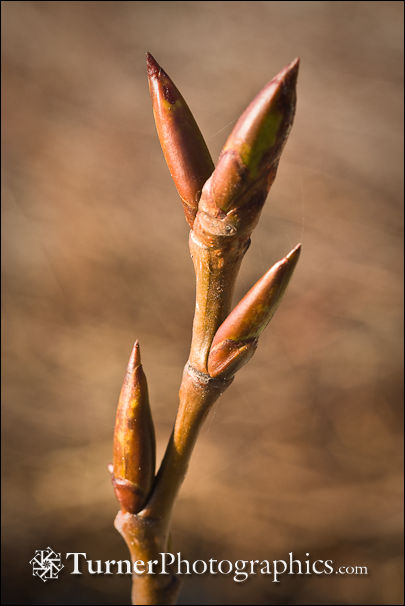 On our walk to Little Squalicum Beach last weekend Natalie and I looked at more than just the willow buds I included in the previous post.
On our walk to Little Squalicum Beach last weekend Natalie and I looked at more than just the willow buds I included in the previous post.
This one is Black Cottonwood, Populus balsamifera ssp. trichocarpa. The buds are quite a bit larger than the willow buds and slightly resinous. That is, when you feel them they’re a little bit sticky. You can see that the terminal bud, the one at the end of the twig, is considerably larger than the others. There’s no scale in the photo, but these are substantial buds — over 12mm (1/2 inch) long. Another point in the key is that the lowest bud scale is directly above the leaf scar.
Black Cottonwood is common along streams and in moist areas of lowland forests west of the Cascades. The name, cottonwood, comes from the masses of white cotton-like fluff attached to the minute seeds later in the spring. Sometimes the ground will be covered with cottonwood fluff, looking a lot like a thin covering of snow. But for now we just have to enjoy the buds on low branches of this tall tree.
The background here almost looks like a painted studio background, but it’s just a bunch of dry grasses and shrub stems very out of focus behind the cottonwood twig. The twig is close to the camera and the background is much farther away.
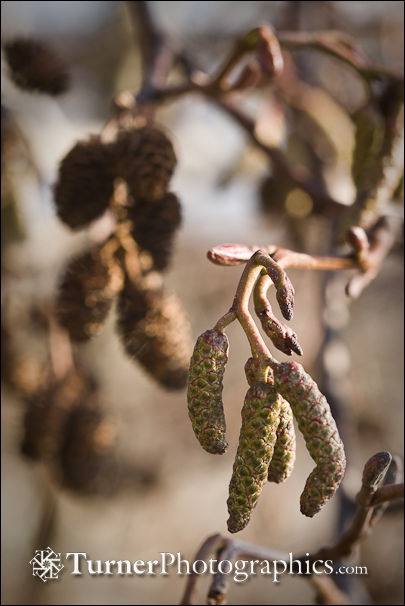 Perhaps the most common deciduous tree in our lowland forests is Red Alder, Alnus rubra. It establishes quickly on disturbed sites and is an important species because it is a nitrogen fixer. That is, it takes nitrogen from the air and with the cooperation of symbiotic fungi on its roots, adds it to the soil in a form other plants can use.
Perhaps the most common deciduous tree in our lowland forests is Red Alder, Alnus rubra. It establishes quickly on disturbed sites and is an important species because it is a nitrogen fixer. That is, it takes nitrogen from the air and with the cooperation of symbiotic fungi on its roots, adds it to the soil in a form other plants can use.
Red Alder is another early blooming tree, but these buds are still closed tight. You can see the dry “cones” from last year behind the catkins. They’re not true cones like you find on conifers, but they resemble them.
Alders, like other members of the birch family, bear separate male and female flowers on the same tree. The catkins here will be male flowers, which open bright yellow and will hang 2-3 inches long. The smaller female flowers will become the cones. You can see the female buds just above and behind the male catkins.
Both of the willow and alder buds were photographed with a 100mm macro lens. For the cottonwood my camera was on a tripod and I carefully controlled the composition, working with a broken branch that I placed in a convenient location with a neutral background. The alder was photographed on the tree while I was standing on the steep hillside. I don’t usually employ autofocus with my macro lens, but with both me and the branch moving around I couldn’t keep up focusing by hand. I shot a lot of frames and tossed out the ones that weren’t sharp. That’s not my usual procedure with plants, but sometimes it’s the only thing that works.


 The Pacific Northwest is home to many species of willow. Some are shrubby, some grow to be fairly substantial trees, and some can be either a shrub or a tree depending on where they’re growing.
The Pacific Northwest is home to many species of willow. Some are shrubby, some grow to be fairly substantial trees, and some can be either a shrub or a tree depending on where they’re growing.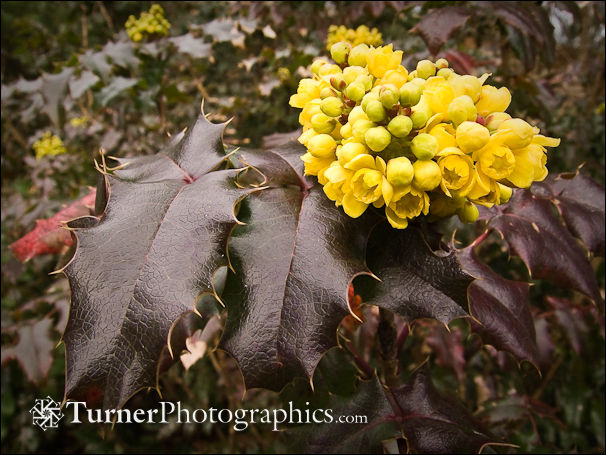
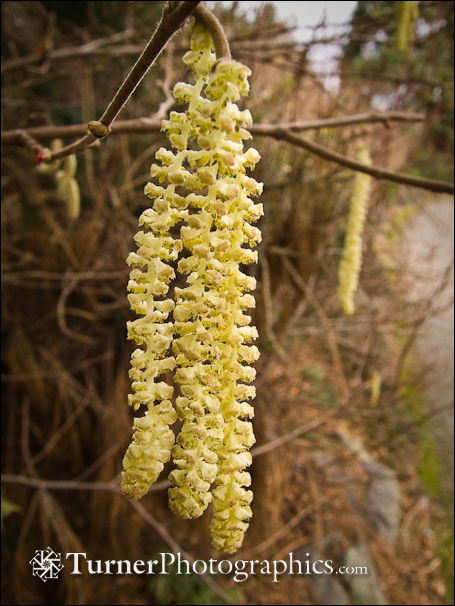 Hazelnuts, aka Common Filberts, also bloom very early in the spring. Well, maybe it is still officially winter. This is the non-native Corylus avellana. It is cultivated commercially around here, but has also naturalized into the wild all over the place.
Hazelnuts, aka Common Filberts, also bloom very early in the spring. Well, maybe it is still officially winter. This is the non-native Corylus avellana. It is cultivated commercially around here, but has also naturalized into the wild all over the place.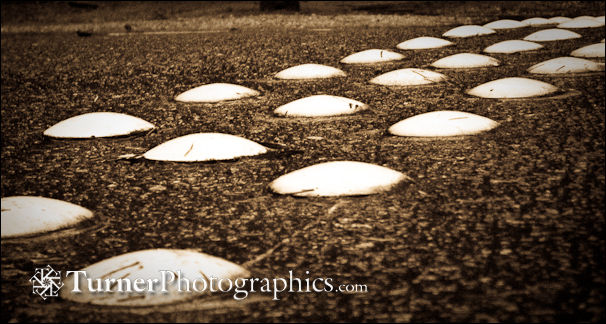

 Just a block up the street from us is the First Plymouth Congregational Church. This patch of heather has been part of their garden for about as long as we’ve been in Bellingham — 19 years. It’s come into full bloom in the last week or so and will continue to be in bloom for at least a couple of months.
Just a block up the street from us is the First Plymouth Congregational Church. This patch of heather has been part of their garden for about as long as we’ve been in Bellingham — 19 years. It’s come into full bloom in the last week or so and will continue to be in bloom for at least a couple of months.
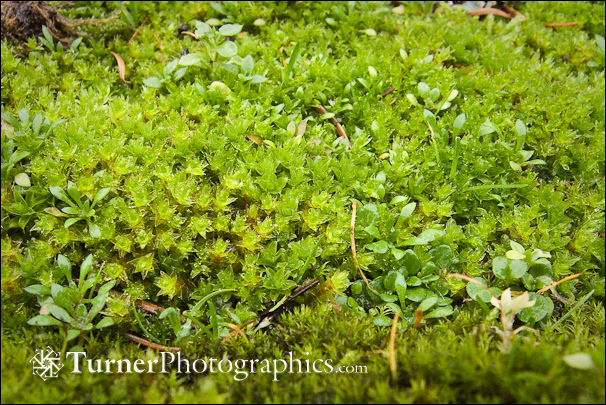
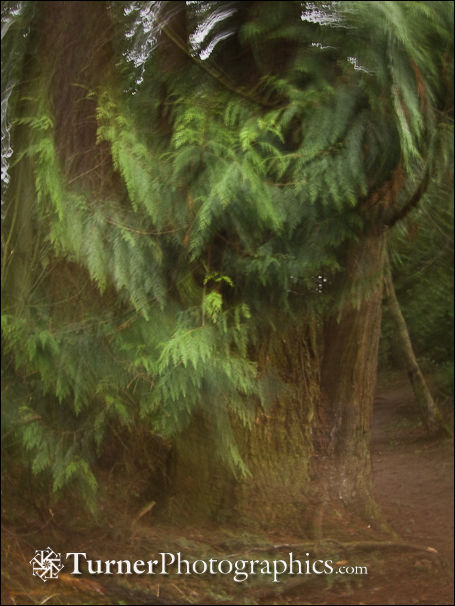 My favorite trail through the park has many old trees. They may not be true old-growth, but they’re certainly approaching it in size and majesty. Mostly they’re Douglas-firs and Western Red-cedars. This one is a cedar.
My favorite trail through the park has many old trees. They may not be true old-growth, but they’re certainly approaching it in size and majesty. Mostly they’re Douglas-firs and Western Red-cedars. This one is a cedar.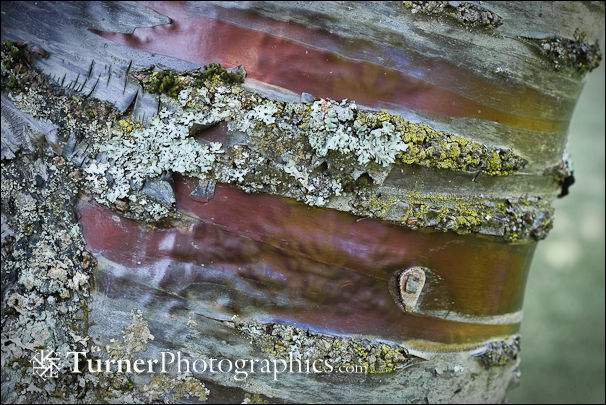
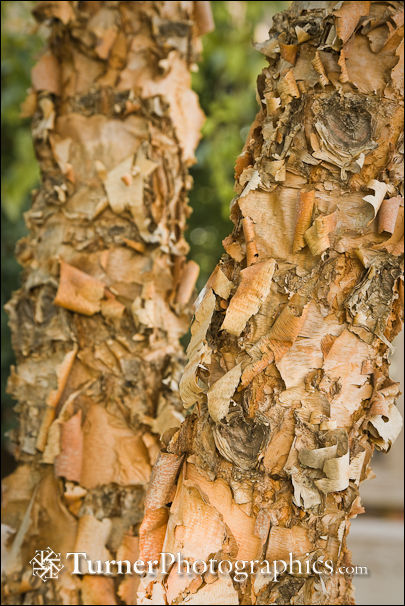 Some of the most interesting bark peels dramatically, like this river birch (Betula nigra) growing in the garden at Oklahoma State University in Oklahoma City.
Some of the most interesting bark peels dramatically, like this river birch (Betula nigra) growing in the garden at Oklahoma State University in Oklahoma City.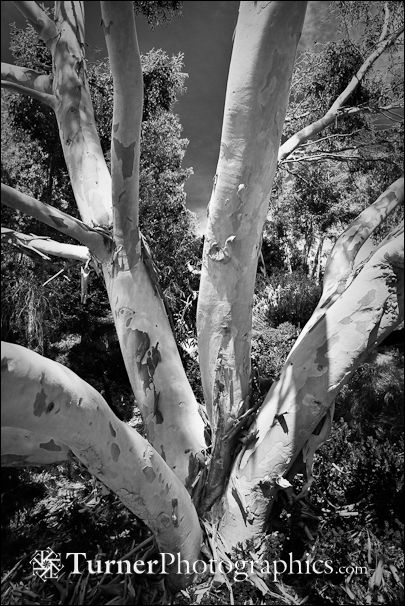 Trees with interesting bark aren’t just limited to North American natives. This Tasmanian Snowgum (Eucalyptus coccifera), was planted as a dramatic ornamental in the alpine garden at the
Trees with interesting bark aren’t just limited to North American natives. This Tasmanian Snowgum (Eucalyptus coccifera), was planted as a dramatic ornamental in the alpine garden at the 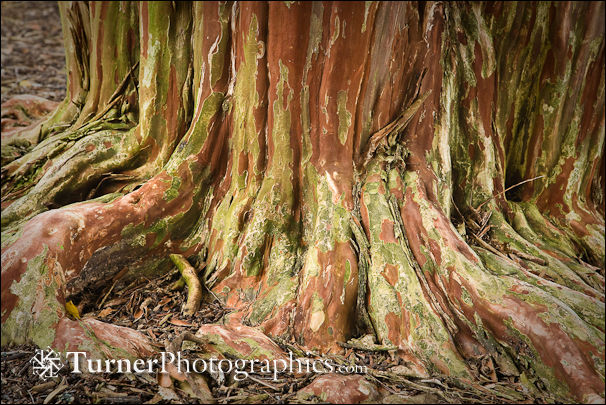
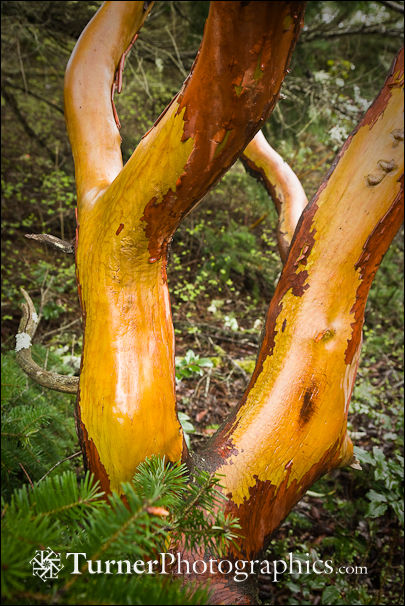 Here in the Northwest one of my favorite trees for winter bark is the Madrona, sometimes called Madrone, or Arbutus menziesii. This one was photographed on a rainy day on Pass Island at Deception Pass State Park in early March. The soft light and the rain really enhance the color of the bark and the wood where it’s peeled away.
Here in the Northwest one of my favorite trees for winter bark is the Madrona, sometimes called Madrone, or Arbutus menziesii. This one was photographed on a rainy day on Pass Island at Deception Pass State Park in early March. The soft light and the rain really enhance the color of the bark and the wood where it’s peeled away.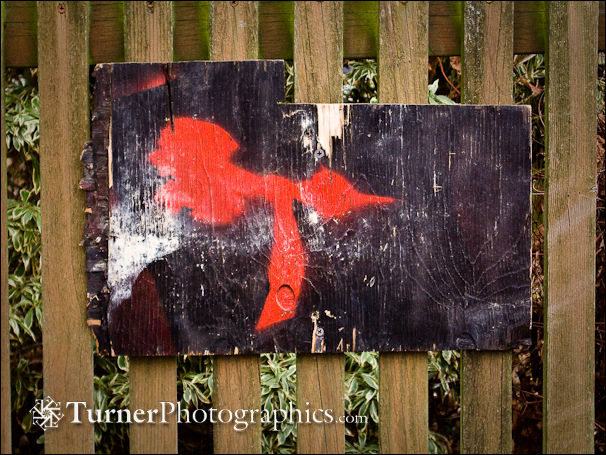
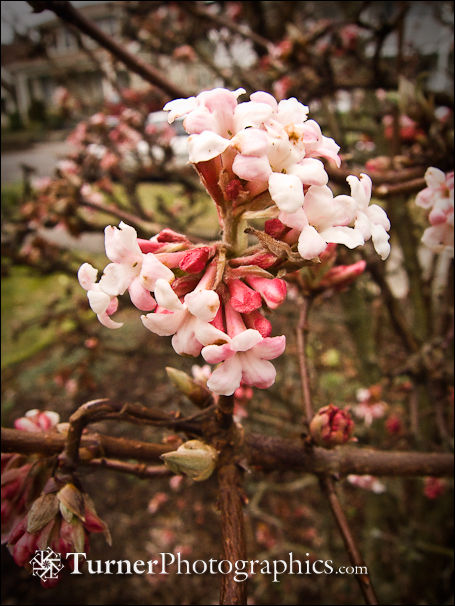 This being the mild Pacific Northwest we gardeners sometimes joke that spring begins on New Year’s Day. We try to have something blooming in our garden year-around and today is no exception. What’s blooming in your garden today?
This being the mild Pacific Northwest we gardeners sometimes joke that spring begins on New Year’s Day. We try to have something blooming in our garden year-around and today is no exception. What’s blooming in your garden today?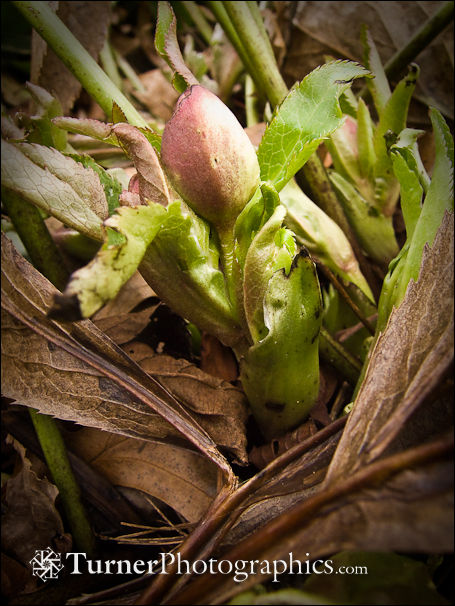 We’ve got a nice patch of Hellebores growing under the Dawn Viburnum. They haven’t started blooming yet, but the flower buds are swelling. Depending on how warm January turns out to be, they could be starting to open before the month is over.
We’ve got a nice patch of Hellebores growing under the Dawn Viburnum. They haven’t started blooming yet, but the flower buds are swelling. Depending on how warm January turns out to be, they could be starting to open before the month is over.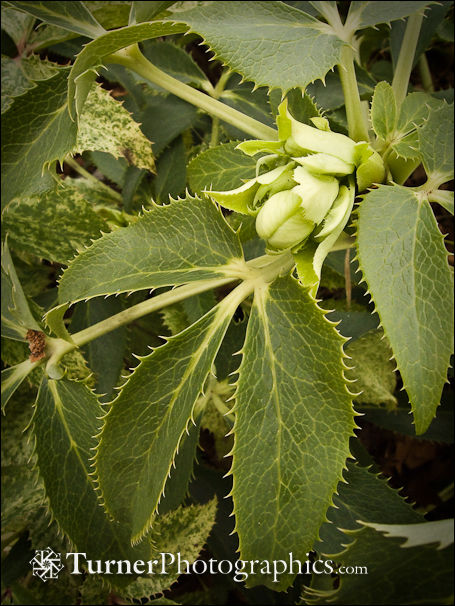 Over on the other side of our front yard garden, nestled close by the Korean Fir that serves as our Christmas tree, is a big clump of Corsican Hellebores, Helleborus argutifolius.
Over on the other side of our front yard garden, nestled close by the Korean Fir that serves as our Christmas tree, is a big clump of Corsican Hellebores, Helleborus argutifolius.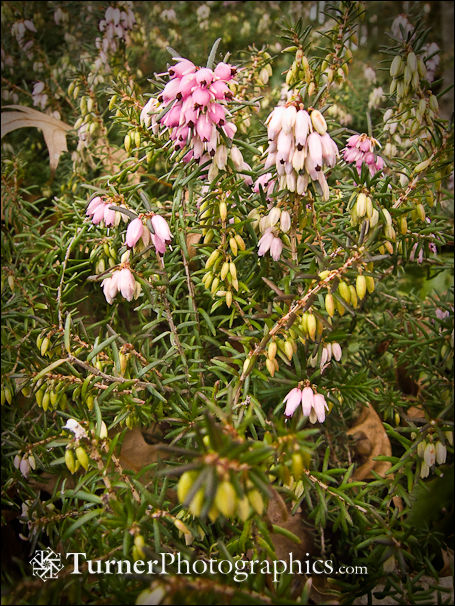 We have several varieties of Heather scattered around our garden. This one I think is ‘Sherwood’s Early Red.’ Like many other plants we started with just a little start years ago and have divided it as it grew. Now we have it several places in the garden and have shared pieces with Natalie’s mother for her garden, too.
We have several varieties of Heather scattered around our garden. This one I think is ‘Sherwood’s Early Red.’ Like many other plants we started with just a little start years ago and have divided it as it grew. Now we have it several places in the garden and have shared pieces with Natalie’s mother for her garden, too. Santa Claus took a little time out of his busy schedule to come into the studio for a fresh portrait a little while back. While he and Mrs. Claus were in, we talked a bit about some of the questions that children frequently ask him. He was gracious to share his answers.
Santa Claus took a little time out of his busy schedule to come into the studio for a fresh portrait a little while back. While he and Mrs. Claus were in, we talked a bit about some of the questions that children frequently ask him. He was gracious to share his answers.
 Q: Do you really live at the North Pole? I thought it was all ice up there and dark all winter long.
Q: Do you really live at the North Pole? I thought it was all ice up there and dark all winter long.
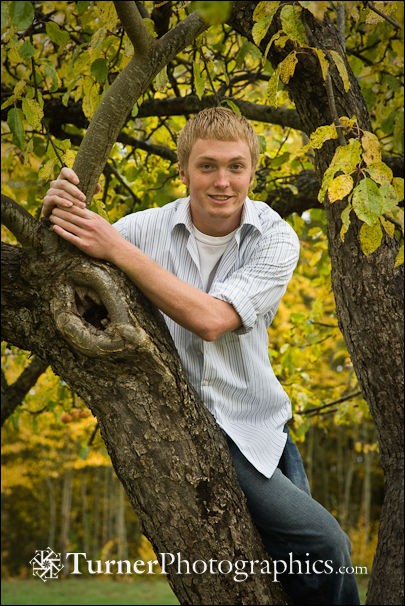 It was actually raining when I arrived, so we started with a few interior shots with Chris at the piano. He wasn’t too keen on those, but we wanted to make mom happy. When the rain stopped we moved outside and began working our way around the garden.
It was actually raining when I arrived, so we started with a few interior shots with Chris at the piano. He wasn’t too keen on those, but we wanted to make mom happy. When the rain stopped we moved outside and began working our way around the garden.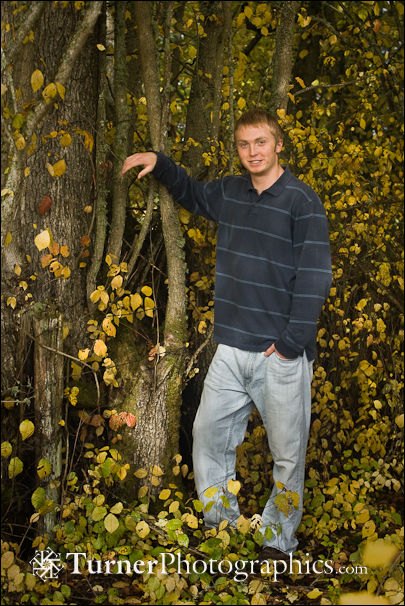 This portrait of Chris at the edge of the woods is the one everyone ultimately liked the best and ordered as a small wall portrait. He looks relaxed and comfortable, and the golden yellow autumn foliage contrasts nicely with the blue sweater and jeans.
This portrait of Chris at the edge of the woods is the one everyone ultimately liked the best and ordered as a small wall portrait. He looks relaxed and comfortable, and the golden yellow autumn foliage contrasts nicely with the blue sweater and jeans.